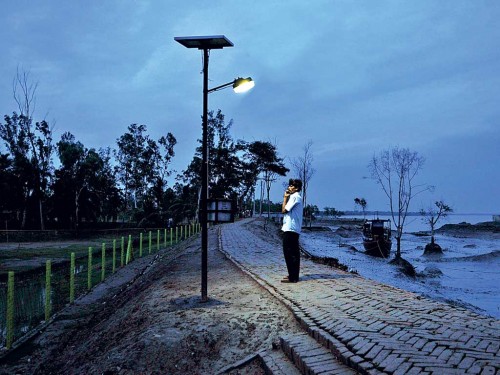
The E-eye surveillance project of the central government that began in Corbett National park in 2012, may soon be extended to cover the tracking of tigers in all the wildlife sanctuaries of India. This surveillance is aimed to also prevent poaching of animals to a great extent.
As a first step towards this end, this system of surveillance was installed in the Jim Corbet National Park, Ratapani Wildlife Sanctuary in MP and Kaziranga Tiger Reserve in Assam. This project has been funded by National Tiger Conservation Authority (NTCA). (Read about the pilot project here)
As per the documents accessed by wildlife activist, Ajay Dubey, the Ministry of Environment, Forest and Climate Change had recently formed a dedicated group of officers for undertaking a performance audit of the e-eye surveillance system.
Officials believe that good results have been brought in sanctuaries where the e-surveillance has been implemented and consequently, the system may be extended to other tiger reserves in the country.
E-eye system is based on a software. Once placed in chosen areas of the forest, it uses the high resolution thermal and infra-red cameras that capture all activities going on in the targeted areas.
Statistics reveal that as against 1,706 tigers in 2010, the population has risen to 2,226 in 2014 and approximately 2500 in 2016; a remarkable achievement in respect of providing protection to tiger. The same statistics reveal that as against 69 deaths of tigers last year, there have been reports of death of 24 tigers so far. At the same time, 11 instances have been found related to the seizure of body parts of tigers, so far this year.
The e-eye surveillance thus offers hope that it will not only better equip forest guards to save the tigers but also deter poachers from entering forests and trying to hurt the tigers.
More Related Stories,
Poachers Now Use Children As Their Ears And Eyes
British Vets Give Eyesight Back To Rescued Indian Bear
A Life Spent Conserving Forests






3 thoughts on “E-eye To Be Brought To All Sanctuaries To Keep An Eye On the Tiger”